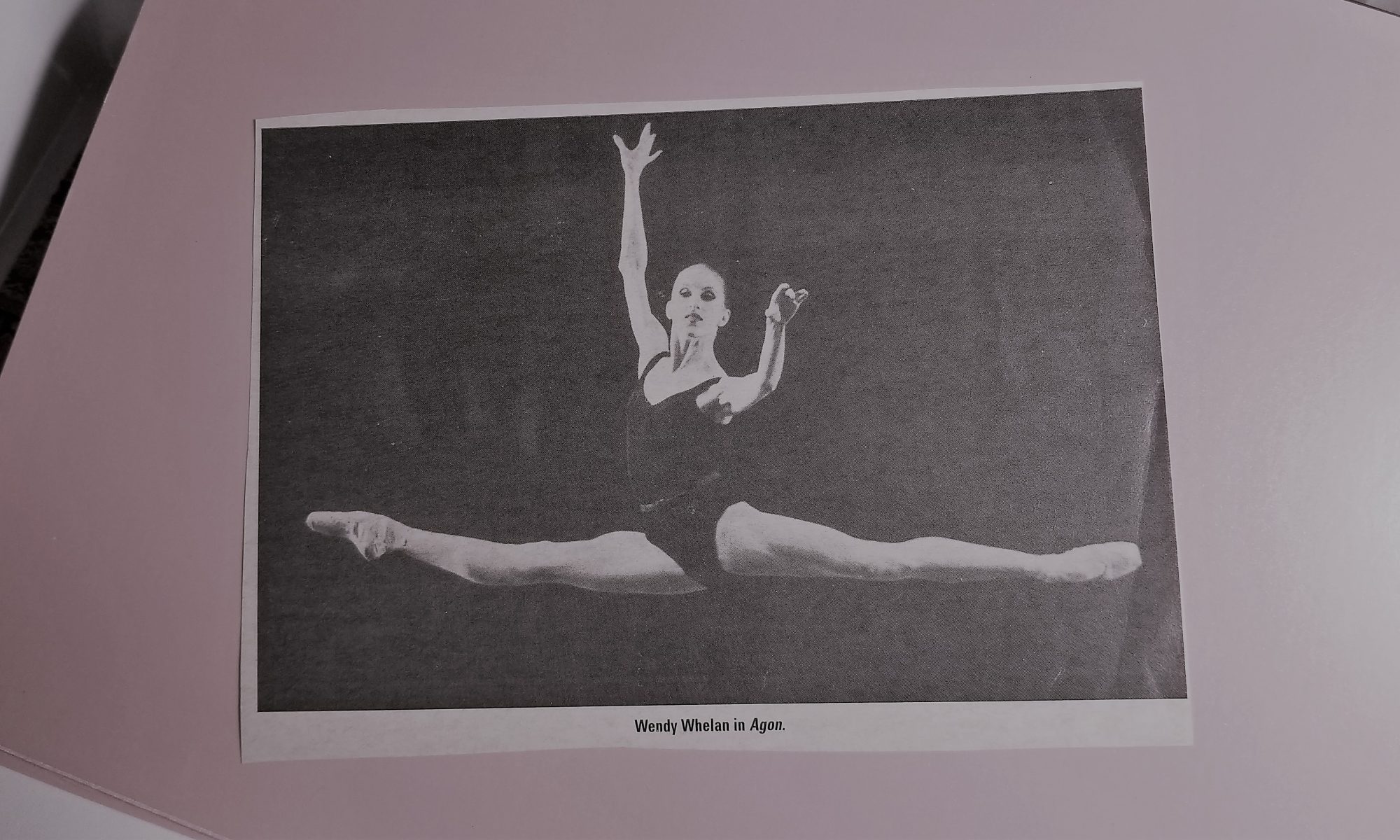Something happened recently that I think is very exciting – Wendy Whelan was hired as associate artistic director of New York City Ballet (NYCB). Together with Artistic Director Jonathan Stafford, she will be helming the country’s largest ballet company as it emerges from years of scandal following #METOO allegations of misconduct by former AD Peter Martins as well as several male dancers.
You might be saying, “yes, but she is only the associate artistic director, big whoop,” or asking, as the New York Times did, “if the AD job is too big for one person, why not make Whelan and Stafford co-artistic directors?” Fair enough.
Research shows that women are often appointed to C-level roles at organizations in crisis. But not because women are deemed the most qualified to turn things around. The underlying attitude with these appointments seems to be, “well things are already a mess.” It has also been demonstrated that women are judged more critically than their male counterparts for their performance and given less credit for creating positive outcomes.
I think that what NYCB is doing here is a really interesting way to avoid this paradigm. The position that they created for Whelan has clearly defined responsibilities focused around her sweet spot – programming and dancer development. They are elevating her to a leadership role in which she is likely to be successful, not just to serve as a female figurehead or sacrificial lamb.
Wendy Whelan’s Career
Whelan is one of my all-time favorite ballerinas. Seeing her perform Agon when I was in college was such a formative moment – the way that she attacked the movement, the way that you could see the power radiating from her. From then on, I strove to infuse my dancing with that kind of fearlessness and energy.
As an artist, she was fierce and precisely technical. Her lines were always correct, and she owned the stage. I saw her and Craig Hall perform After the Rain by Christopher Wheeldon at USC on March 24, 2011. I had seen this piece before in San Francisco, with Yuan Yuan Tan performing, and had a very vivid memory of the work. For a few minutes, I thought I may have been mistaken, it looked like a different piece. It was Whelan’s clean lines and exacting positions. I was blown away!
She retired from NYCB in 2014 after a 30-year career. I watched the snippets of her farewell concert on the internet, disappointed that I wouldn’t have the opportunity to see her dance in person again. Fortunately for me, retirement was the beginning of her career as a modern dancer, and I was able to see her in 2015 and 2017 here in Southern California.
New York City Ballet Leadership
New York City Ballet has a long and storied history. Founded in 1948 by George Balanchine and Lincoln Kirstein, Balanchine served as artistic director (and force of nature) until his death in 1983. Jerome Robbins, who had been assistant artistic director since 1948 and Peter Martins then assumed the roles of co-ballet masters in chief. When Robbins retired in 1990, Martins was solely in charge of the company until 2009, when NYBC created an executive director position to oversee the administrative functions of the company. Martins continued to run the company from an artistic perspective until 2018.
I see Whelan’s appointment as the board’s way of signaling an earnest endeavor to change the culture. Beyond her esteemed 30-year career as a ballerina, she has pursued innovative artistic paths and actively worked to cultivate young talent. I am optimistic that the organization will give her the resources and support required and that she will have a significant and lasting impact on the dance cannon beyond her career as a performer.

